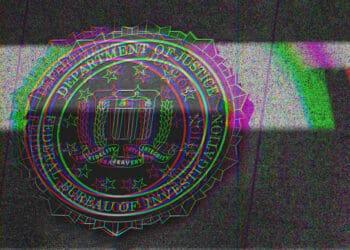The gap between evolving cyber threats and organizational security responses highlights the need for comprehensive frameworks that can adapt to new challenges. Sam Peters of ISMS.online explores how ISO 27001 updates address modern security concerns, from AI-powered attacks to international regulatory alignment, while maintaining the standard’s core focus on risk management and continuous improvement.
The growing sophistication of cybercriminals should come as no surprise, as threat actors take advantage of advanced technology like AI, deepfakes and malicious data. However, what should be surprising is that many organizations still lack a unified approach to security — particularly one that can scale internationally — in the face of these threats. In this era, comprehensive security frameworks like ISO 27001 can enable companies to adequately address emerging threats.
Since its introduction in October 2005, ISO 27001 has become a cornerstone of information security, offering clear, robust guidance for managing risks and protecting sensitive data.
Naturally, the standard has had to evolve over time to ensure it remains relevant in the face of evolving cybersecurity challenges. The latest iteration — ISO 27001:2022, for which the compliance deadline is Oct. 31, 2025 — has introduced several key changes that include a greater emphasis on securing digital environments, ensuring data integrity and safeguarding against unauthorized access.
But at its core, ISO 27001 has continued to provide a structured, globally recognized framework designed to help businesses address the complex realities of today’s cyber threat landscape.
Certification is available in as many as 165 countries, giving companies a globally accepted benchmark that can help them to achieve a more unified approach to security that simplifies international partnerships and multi-region regulatory alignment.
The standard has been developed in collaboration with the International Electrotechnical Commission (IEC), a partnership that enhances its credibility and ensures that it aligns with other key global standards, such as ISO 9001 for quality management, and key regulations like GDPR.
Paper Tigers Won’t Protect You: The Reality of Effective NIS2 Compliance
Why Belgium's early adoption model could prevent another round of ‘compliance theater’ across Europe
Read moreDetailsWhat is required to become ISO 27001 compliant?
Companies are required to take several steps to become compliant with the ISO 27001 standard. The standard’s structure includes a comprehensive management system framework and a detailed implementation guide that integrates risk management processes and Annex A controls.
The first stage involves conducting a comprehensive gap analysis, enabling firms to assess their current practices against the standard’s requirements. Through these efforts, organizations can identify areas for improvement.
Once those areas have been established, organizations can begin to establish an information management system tailored to their unique business needs that incorporates the 93 controls outlined in Annex A. Crucially, these are split into four key categories: 37 organizational controls, eight people controls, 14 physical controls and 34 technological controls.
While it is vital that organizations embed these into the heart of their systems from the outset, this process isn’t a case of one and done. Companies must conduct regular audits to evaluate the effectiveness of their information security management system that must then also be supported by management reviews to drive continual improvement. Externally, organizations will also need to engage with an accredited certification body, such as the ANSI National Accreditation Board (ANAB) to complete the audit process that is split into two stages.
Redefining how security should be approached in the digital age
For long-term success, the importance of that ongoing improvement process cannot be understated.
Yes, adhering to ISO 27001 can help organizations to streamline their global compliance strategies, demonstrate their commitment to security and improve international partnerships. However, initial adherence alone is not enough.
While adoption is a critical first step, the true value of the standard lies in how organizations tailor and continuously evolve their implementation to suit their own unique risks, regulatory contexts and operational goals.
By leveraging the guidance offered by ISO 27001 to take a comprehensive, globally relevant, risk-aware approach to information security — one that encompasses people, processes, and technology — organizations will be well placed to stay ahead of emerging threats, manage risks and sustain their operational integrity in various markets over time.




 Sam Peters is chief product officer at ISMS.online, a cyber compliance platform.
Sam Peters is chief product officer at ISMS.online, a cyber compliance platform. 





